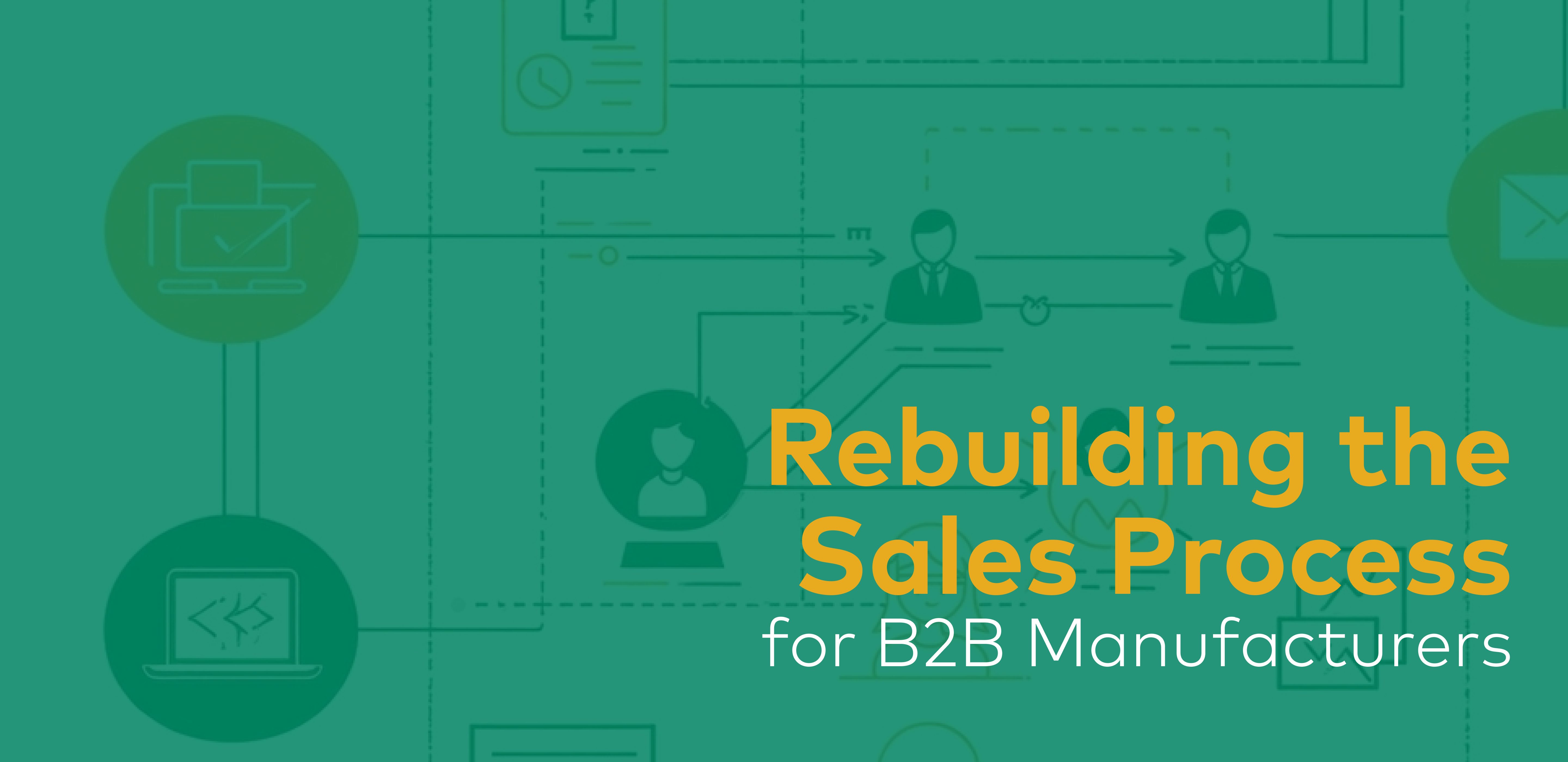
Rebuilding the Sales Process for B2B Manufacturers
Cold Calling Isn’t Dead — Especially If You Sell Real Products
“Cold calling is not dead.”
That’s how Leslie Venetz opened one of the most compelling sales conversations we’ve had on the Driving Growth podcast. And she’s right, but here’s the twist: B2B manufacturers need to approach cold calling and the sales process differently than SaaS or tech.
Why? Because the sales landscape for physical products—like ag equipment, industrial supplies, or custom-built components—isn’t built on monthly user licenses or sleek onboarding flows. It's built on trust, longevity, durability, and proof.
So how do we reconcile modern sales strategies—like active listening, segmentation, and outcome-based messaging—with the way manufacturing businesses actually sell?
Let’s break it down.
1. Active Listening Is Still Your Most Powerful Tool
Even if You’re Selling Land Rollers
Active listening isn’t about being polite. It's a core part of a strong B2B sales process. It’s about understanding the problem your buyer is really trying to solve.
“The only thing I care about,” Leslie said, “is whether you understand my problem—and I trust that you can solve it.”
In manufacturing, this isn’t about clever phrasing or SaaS-style “value props.” It’s about understanding the functional, financial, and emotional weight behind the purchase:
- The field needs to be flat to avoid damaging the harvester.
- The unit needs to last 20+ years, not break after 2.
- The operations manager doesn’t want to get yelled at by the Farm owner when something goes wrong.
So listen. Ask. Clarify. And build your credibility by proving you understand the stakes, not just the specs.
2. Sell Features — But Make the Outcome Obvious
Leslie pushes hard against feature-first selling, and rightly so. In SaaS, buyers are overwhelmed by tech stack noise. Outcomes cut through.
But here’s the nuance: in manufacturing, features often are the differentiators.
Steve put it best:
“If you’re selling a land roller, you actually do want to push features. You just need to tie them to real-world outcomes.”
So yes, talk about the heavier frame. The oversized bearings. The full-width coverage.
But make sure your message sounds like this:
✅ “Heaviest built in class — which means less downtime and 25+ years of use, even in tough terrain.”
✅ “Oversized bearings mean fewer replacements and smoother rolling — even in variable soil.”
It’s not about abandoning features. It’s about connecting them to consequences the buyer already understands.
3. Cold Calling Still Works (If You're Smart About It)
Leslie’s done 250,000+ cold calls, and her insight was blunt:
“Cold calling has never been harder, but it’s still effective when done right.”
In manufacturing, your buyers (Dealers) aren’t sitting behind Slack and HubSpot dashboards. They're managing staff, dealing with their clients, and servicing equipment.
So your cold outreach needs to:
- Be tight and specific to their world
- Show you’ve done your homework
- Cut to the point in seconds
4. Segment Based on What Matters to Your Market
In SaaS, segmentation often means “who raised funding recently” or “what CRM are they using.”
In manufacturing? It’s about:
- Dealer Location(s)
- Number of Reps
- Lines carried
- Market Penetration
Leslie's advice still applies: segment tightly. But your filters are different. Build lists around the variables that define your ideal dealer partner.
5. Rebuilding Trust Is the Real Differentiator
Let’s be honest, sales hasn't always had a great reputation. And in industries like manufacturing, where relationships are often built over years, trust is your real differentiator.
“Sellers don’t trust leaders. Buyers don’t trust sellers. And nobody trusts the process,” Leslie said.
So, how do you stand out?
- Show up with insights, not scripts
- Prove you’ve created value for your dealers before
- Make it safe for the buyer to say yes—and even safer to say no
- Be consistent over time, not just during quota season
Trust doesn’t close deals on Day 1. But it makes sure you’re the first call when a new line is being considered for the lot on Day 180.
Final Word: The Rest of Us Need Better Sales Systems, Too
At Roadmap, we work with manufacturers and B2B companies who are tired of reading advice written for SaaS companies with $10M in VC funding. Our job isn’t to discard those frameworks—it’s to interpret them for the rest of us. So yes, active listening matters. Cold calling still works. Segmentation still drives results. But only if you’re willing to adapt the approach to your world. Your buyers. Your products, your channels. Because selling equipment that needs to work in a field for 20 years is a different game.
One that still deserves smart, modern systems—with a human core.
Want more insight like this?
Listen to my full conversation with Leslie Venetz on Driving Growth or
Schedule a free strategy callThe Driving Growth Podcast
Podcast Episode 12: Building a Profit-Generating Sales Pipeline with Leslie Venetz

